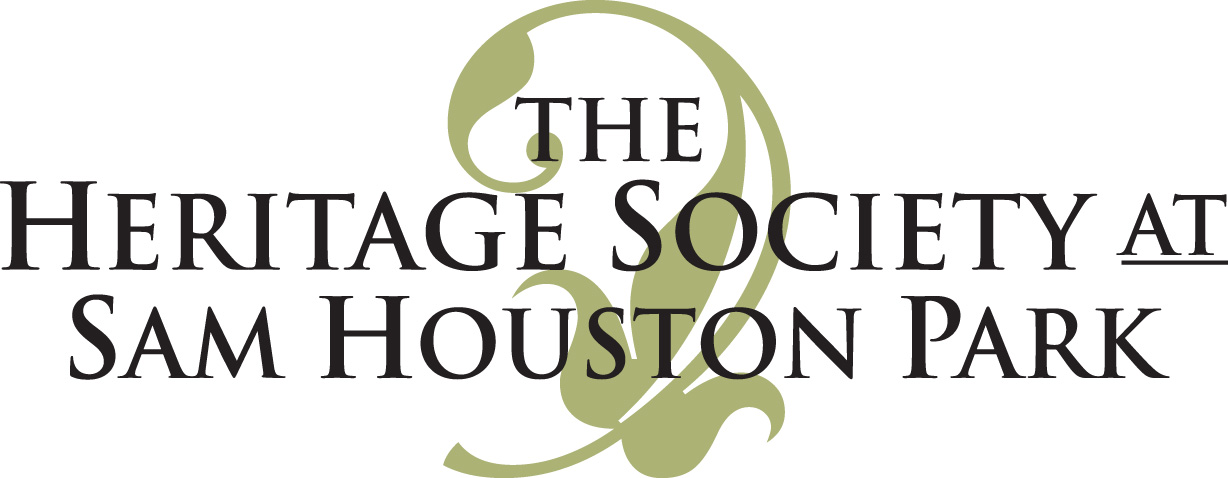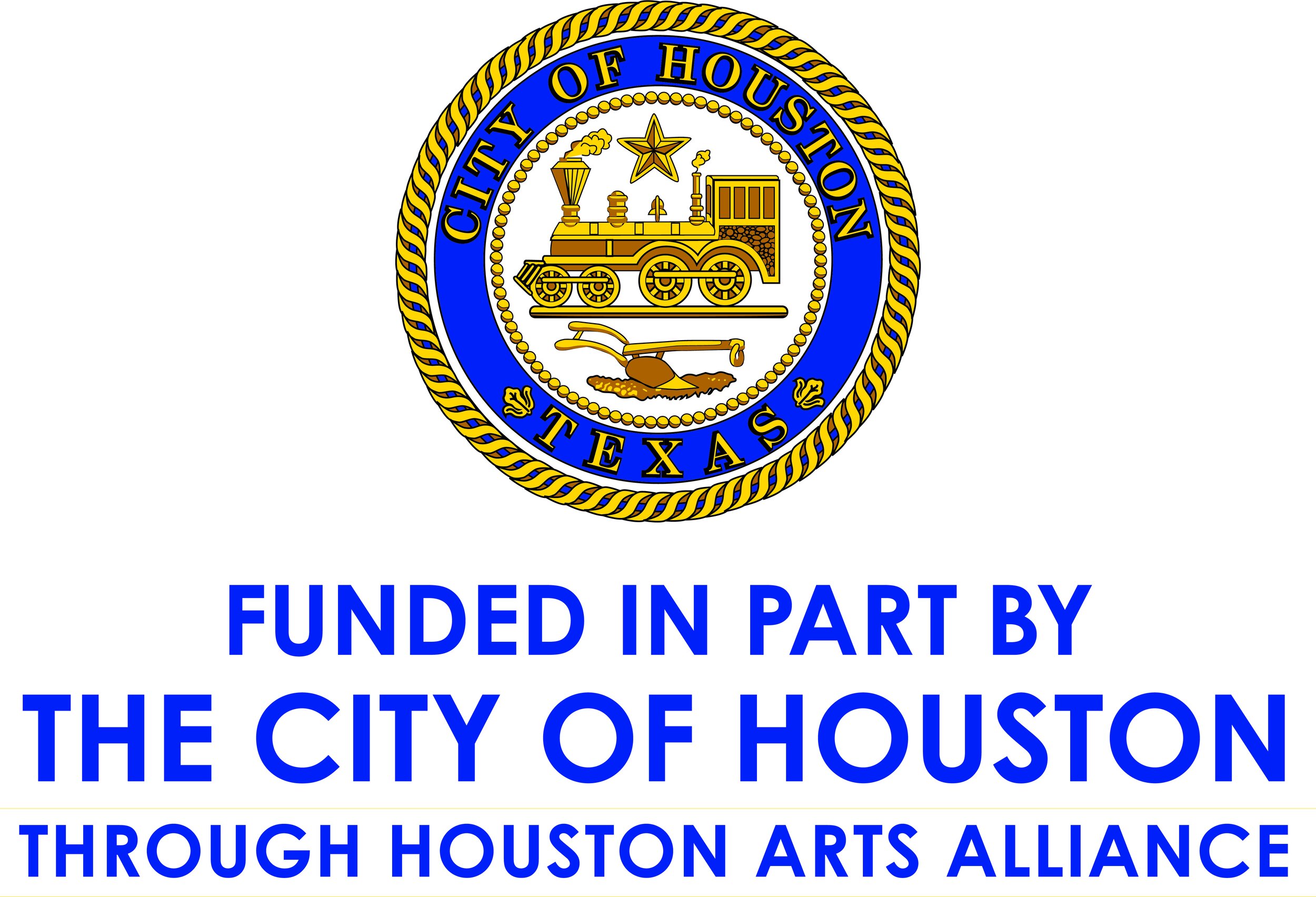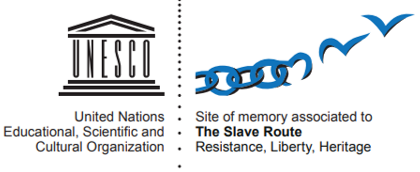Backwards to the future
Celebrating Houston’s answer to Mardi Gras, the No-Tsu-Oh festival.
Previously known as Old Farmer’s Day, National Farmer’s Day is observed annually on October 12 to honor and pay tribute to American farmers.
Though Houston is today known as the Energy Capital of the World, it is useful to remember the important role agriculture and farming played in Houston's history and economy.
In fact, when our city fathers created the Official Seal of Houston in the mid-19th century, it included the Lone Star, a locomotive, and as described in a magazine article years later, “the humble plow, symbol of the agricultural empire of Texas from which Houston would draw her wealth by the iron rail.”
When Houston’s product was produce
Houston agriculture did, indeed, provide the core of the city's economy in the early years. Cotton and sugar cane—and later, rice and timber—were the major farm crops in Houston exported from the fledgling trade center.
Small Houston farms produced orchards of pears and figs along with crops of peppers, beets, squash, sweet potatoes, cucumbers, and cabbage. The 1823 Old Place house The Heritage Society maintains in Sam Houston Park – the oldest known structure in Harris County – gives visitors an idea of the rough-hewn dwellings our early farmers in Houston inhabited.
Immigration also expanded Houston's agriculture. A young Japanese political leader, Seito Saibara, immigrated and introduced rice farming into Texas after he spotted what he thought would be good land for rice fields as he rode on a train southeast of Houston at the turn of the 20th century.
Saibara purchased the farmland in Houston, migrated other Japanese families to Texas, and in 1910, 30,000 tons of rice were shipped down the bayou to Galveston. Street names in southeast Houston like Mykawa remind us of these Japanese farmers today who immigrated to Houston.
Houston's Historic festive hoedown
Going backwards a little bit, however, Houston’s business community introduced the Fruit, Flower, and Vegetable festival in 1895 to promote and encourage Houston's economic and agricultural progress.
Within a few years, however, this commercially driven Houston celebration had turned into something a good deal more imaginative like the festive Mardi Gras event and, dare one say, quintessentially Houstonian: the No-Tsu-Oh festival.
Taking its cues from the backward spelling craze of the time, the annual Houston celebration in November included Houston's royalty members King Nottoc coming to rule the mythical realm of Saxet in the domain of Tekram, whose capital city was NoTsuOh.
The celebratory week in Houston was filled with revelry that included the arrival of Houston's royal party by yacht to open the festivities, followed by elaborate parades, grand balls, and even the annual football game between University of Texas and Texas A & M.
But all good things must come to an end, and 1915 was the last year of this grand Houston celebration. The advent of World War I was undoubtedly a cause for No-Tsu-Oh’s demise, but a Houston Chronicle editorial on November 18, 1915 didn’t help either.
This piece harrumphed, “It is high time that Houston, metropolis of the Southwest, railroad center for this great and growing section of the country, should offer something by way of an annual exhibition other than the tin-horn parades and garrulous horseplay.” Party poopers!
Here’s how the Chronicle summarized the festive shindig in a more recent piece: http://www.chron.com/entertainment/article/This-is- how-Houston- partied-100- years-ago-6469857.php
Houston – land of plenty then and now.
No-Tsu-Oh, Houston spelled backwards, was the Bayou City's biggest annual celebration from 1899 through 1915. King Nottoc ruled over the festival, though he was replaced for the 1914 No-Tsu-Oh in honor of the opening of the deep water port.
PHOTO CREDIT: UTSA LIBRARIES SPECIAL COLLECTION
Fourth from the left standing among other workers is Kiyoaki Saibara, Son of Seito Saibara. At the invitation of the Houston Chamber of Commerce and the Southern Pacific Railroad, Japanese farmers immigrated to Texas to counsel Houston farmers on rice production, bringing the gift of seed from the Emperor of Japan. Seito Saibara, his family, and 30 colonists began Japanese rice production at Webster in Harris County, establishing the Gulf Coast rice industry.
The current seal of Houston appeared as early as 1869. Some have suggested updating the seal with depictions of oil wells, skyscrapers, airplanes, and rockets, but this simple 19th century design still speaks vividly to the vision of our founders. The Energy Capital of the World did, after all, start with a humble farmer’s plow and a sturdy steam locomotive.
Explore Your Heritage
Enter your email address below to make sure you receive emails from The Heritage Society conveying our latest news, announcements of special events and celebrations, limited-time discounts, and more.
Don’t neglect your Heritage; sign up today!











